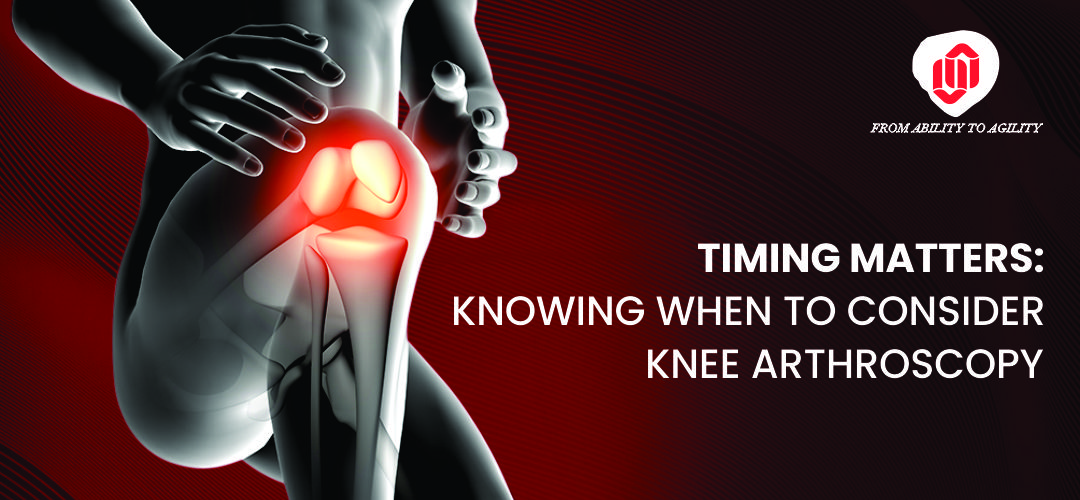Introduction
Knee pain can be a common and debilitating issue that affects people of all ages. While many knee problems can be managed with conservative treatments like physical therapy and medication, there are situations where surgical intervention may be necessary. Knee arthroscopy is one such surgical procedure that can be used to diagnose and treat a variety of knee conditions. In this blog, we will explore when it is appropriate to approach a doctor for knee arthroscopy.
Who Requires Knee Arthroscopy?
Your healthcare provider may suggest knee arthroscopy when you have persistent knee pain that doesn’t improve with non-surgical interventions like rest, ice, nonsteroidal anti-inflammatory drugs, and physical therapy.
Arthroscopy is a valuable tool for healthcare professionals to gain a closer look at the cartilage, bones, and soft tissues within your knee. It is primarily utilized for diagnosing various knee injuries, often affecting ligaments and cartilage within the knee joint.
Knee injuries, especially among athletes and adolescents, are unfortunately common. These injuries frequently occur in contact sports or activities that involve frequent jumping, such as volleyball. If you experience persistent knee pain, swelling, limited mobility, or mechanical symptoms like locking or catching in your knee joint that don’t respond to conservative treatments or require further diagnosis, knee arthroscopy may be recommended. However, it’s essential to consult with a healthcare professional for a comprehensive evaluation tailored to your specific condition and needs before making a decision.
Several Purposes For Which Knee Arthroscopy Is Employed By Healthcare Providers:
- Diagnosis: During knee arthroscopy, the healthcare provider closely examines areas of the knee that are causing pain or swelling. Using a camera, they capture images of any damaged soft tissues or bones. These images play a crucial role in diagnosing injuries or confirming existing diagnoses, helping the healthcare provider plan appropriate treatments.
- Repair of Injuries: In cases where surgical intervention is necessary to repair tendons, ligaments, or cartilage, specialized tools are employed. The real-time images provided by the camera guide the healthcare provider through the procedure. Using small instruments, they skillfully mend and reconstruct damaged soft tissues, often through stitching. Additionally, if needed, they can suture or stitch bones together.
- Tissue Removal: Knee arthroscopy also allows for the removal of damaged or inflamed tissue. Utilizing precise tools, healthcare providers can shave off areas of damaged bone and cartilage or remove inflamed tissue like the synovium. This process helps alleviate discomfort and improve the knee’s overall function.
- Minimally Invasive: Knee arthroscopy is a minimally invasive procedure, which means it involves smaller incisions and less tissue damage compared to open surgery. This typically results in less pain, faster recovery times, and reduced scarring for patients.
Conclusion:
Knee arthroscopy is a minimally invasive procedure that can help diagnose and treat a range of knee problems. If you are experiencing persistent knee pain, swelling, difficulty walking, or have a history of knee injuries, it’s essential to consult a healthcare professional. They can assess your condition and determine whether knee arthroscopy is the right course of action to help you regain mobility and improve your quality of life. Remember that early intervention and accurate diagnosis are key to successful outcomes in knee health.
